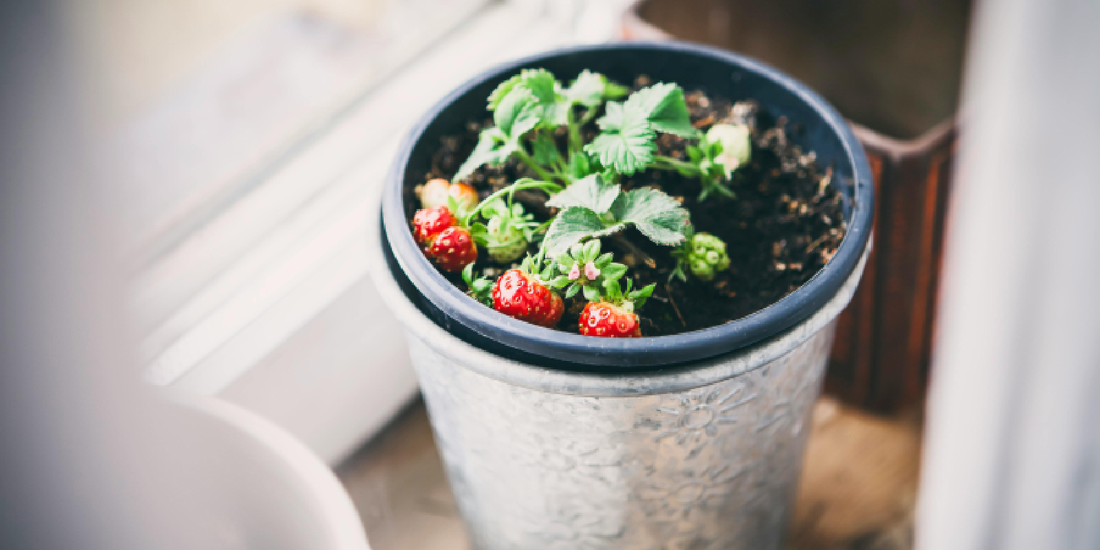
How to Choose Between Stand, Rack, and Shelf
Share
Indoor gardening has become a cornerstone of modern living, especially as more people seek to bring greenery into apartments, offices, and smaller urban homes. But while choosing the right plants is essential, deciding how to display them is equally important. The furniture or structure you use—whether it’s a stand, a rack, or a shelf—affects not only aesthetics but also the health, growth, and sustainability of your indoor garden.
This article provides a deep comparison of plant stands, racks, and shelves. We’ll cover their history, advantages, disadvantages, applications in different spaces, and practical care tips. Finally, we’ll explore how amoyls’ VerdantGlow S-Shaped 8-Tier Plant Shelf with Grow Lights combines the strengths of all three into one stylish and functional solution.
Why Plant Display Structures Matter
A well-designed plant structure is not just furniture—it’s part of your plant care system. The right choice influences:
- Light distribution: Plants need consistent access to natural or supplemental light.
- Air circulation: Proper spacing prevents mold, pests, and diseases.
- Space efficiency: Maximizing vertical space is crucial in small homes.
- Design harmony: The display should integrate seamlessly with your interior décor.
Choosing poorly often results in overcrowded plants, wasted space, or a setup that looks out of place. With the right choice, however, your plants thrive and your home feels balanced.
A Brief History of Plant Displays
The concept of displaying plants indoors isn’t new.
- Ancient origins: In ancient China and Rome, wealthy households displayed potted plants on pedestals as a sign of refinement.
- European greenhouses: During the 17th and 18th centuries, aristocrats in Europe built elaborate conservatories, complete with iron racks and wooden shelving to organize exotic imports.
- Victorian homes: Plant stands became popular decorative items, often crafted from ornate wrought iron or carved wood.
- Modern shift: In today’s urban apartments, minimalism, sustainability, and compact designs dominate. Structures like racks and shelves have evolved to meet both functional and aesthetic demands.
This evolution shows how stands, racks, and shelves aren’t just practical items—they reflect changing lifestyles and cultural values around plants.
What Is a Plant Stand?
A plant stand is usually a small, decorative piece designed to elevate one or two plants.
Advantages:
- Highlights a single statement plant like a monstera or fiddle leaf fig.
- Portable and easy to reposition for changing light conditions.
- Works well in corners or beside furniture.
- Available in diverse styles, from rustic wooden tripods to sleek metal frames.
Disadvantages:
- Limited capacity—rarely holds more than two pots.
- Provides no integrated lighting.
- Less suitable for serious collectors.
Best for: Beginners, minimalists, or anyone wanting to highlight a single plant as a focal point.
What Is a Plant Rack?
A plant rack is a multi-tiered structure focused on maximizing vertical efficiency.
Advantages:
- Stores multiple pots in one footprint.
- Excellent for herbs, succulents, or small to medium plants.
- Practical and relatively affordable.
- Easy access to each plant for watering and pruning.
Disadvantages:
- Can appear utilitarian, less decorative.
- Rarely includes integrated lighting.
- Heavy when fully loaded.
Best for: Plant collectors, balcony gardeners, and those who prioritize functionality over design.
What Is a Plant Shelf?
A plant shelf is both decorative and practical. It usually features multiple tiers, crafted with aesthetics in mind.
Advantages:
- Balances storage capacity with style.
- Can be wall-mounted or free-standing.
- Provides opportunities for curated arrangements.
- Premium shelves (like VerdantGlow) include grow lights to support plant health.
Disadvantages:
- Requires more commitment in placement.
- Higher investment compared to racks or stands.
- Assembly is typically required.
Best for: Style-conscious plant owners, urban dwellers, and anyone looking for a long-term display that doubles as furniture.
Stand vs. Rack vs. Shelf: Quick Comparison
|
Feature |
Stand |
Rack |
Shelf |
|
Capacity |
1–2 plants |
6–12 plants |
8+ plants depending on tiers |
|
Style |
Decorative accent |
Functional, utilitarian |
Balanced—decorative and practical |
|
Mobility |
Very portable |
Less portable when loaded |
Fixed in place but stable |
|
Lighting |
None |
Rarely integrated |
Can include grow lights |
|
Investment |
Low |
Moderate |
Moderate to premium |
|
Best For |
Beginners, accents |
Collectors, efficiency |
Stylish, all-in-one solutions |
Applying Them to Different Spaces
Living Room
- Stand: Place next to a sofa to highlight one tall plant.
- Rack: Ideal near a sunny window for multiple medium plants.
- Shelf: Works as both storage and decoration, blending with books and art.
Balcony
- Stand: Elevates plants off the floor, protecting from pests.
- Rack: Maximizes balcony space by holding herbs and flowers vertically.
- Shelf: Best for permanent balcony gardens with integrated lighting.
Bedroom
- Stand: Simple accent with an air-purifying plant.
- Rack: Small rack with succulents or low-light plants.
- Shelf: Decorative focal point for plant lovers who want greenery as part of the interior.
Office or Study
- Stand: Adds greenery without crowding.
- Rack: Efficient for small potted plants along a wall.
- Shelf: Professional, organized, and doubles as design furniture.
Seasonal Considerations
- Winter: Lower natural light means plants on stands or racks may struggle; shelves with grow lights keep plants thriving.
- Summer: Strong natural light allows racks and stands to perform well without supplemental lighting.
- Rainy seasons: Elevated shelves prevent water damage, while racks may need repositioning to avoid dampness.
Practical Care Tips for Each Option
- Stand: Rotate frequently so all sides of the plant get light.
- Rack: Ensure adequate spacing between pots for air circulation.
- Shelf: Clean tiers regularly and manage wiring if grow lights are built-in.
Adding accessories like small fans or humidity trays helps balance microclimates around plants.
Spotlight: VerdantGlow S-Shaped 8-Tier Plant Shelf with Grow Lights
The amoyls VerdantGlow Shelf redefines plant furniture for modern homes:
- Eight tiers of capacity for a wide plant collection.
- S-shaped artistic design that doubles as décor.
- Integrated natural grow lights, ensuring plant health in low-light apartments.
- Durable finishes suitable for indoor and semi-outdoor use.
- Space-saving footprint that fits apartments, condos, or compact studios.
Unlike a single stand or functional rack, VerdantGlow merges art, utility, and plant care into one comprehensive solution.
Blending Styles: How to Mix Stands, Racks, and Shelves
For many plant lovers, the best option is not choosing one but combining all three:
- Use a stand to highlight a single tall plant.
- Place a rack in your kitchen for fresh herbs.
- Anchor your living room with a shelf like VerdantGlow for a stunning green wall effect.
This mix provides both flexibility and layered design.
Conclusion
Choosing between a stand, rack, and shelf depends on your space, collection size, lifestyle, and design goals. Stands are perfect for focal plants, racks maximize utility, and shelves offer a stylish, long-term solution.
For those who want the best of all three, the amoyls VerdantGlow S-Shaped 8-Tier Plant Shelf with Grow Lights delivers capacity, beauty, and plant health support in a single product. It’s more than furniture—it’s a green lifestyle upgrade.
